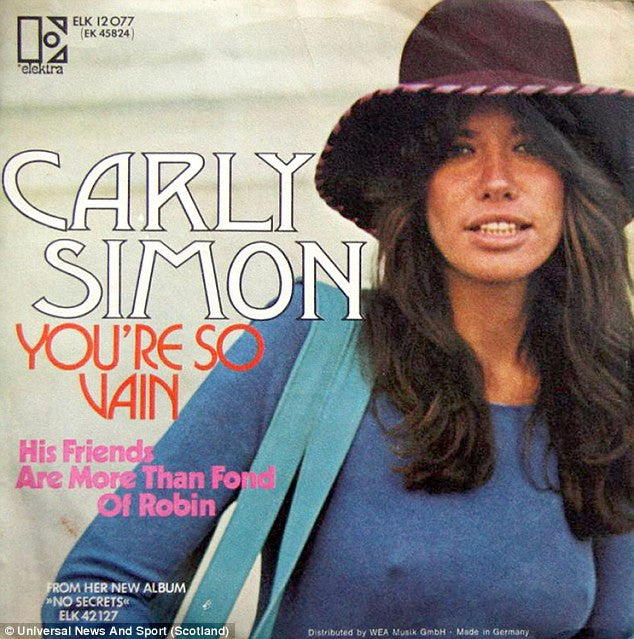
About the Song
The enigma of “You’re So Vain”: A Timeless Tune from Carly Simon
Do you remember the first time you heard those iconic opening lines? The sultry piano, the playful yet pointed lyrics, that instantly recognizable vocal? Carly Simon’s “You’re So Vain” isn’t just a song; it’s a cultural touchstone, a timeless melody that’s been etched in our collective memory for nearly five decades. Released in 1972, it rocketed to the top of the charts, becoming Simon’s signature hit and solidifying her place in music history.
But what makes “You’re So Vain” so enduring? Is it the catchy melody that burrows into your head and refuses to leave? Or the enigmatic lyrics, filled with veiled references and playful jabs, that have fueled speculation and gossip for years? Perhaps it’s the sheer audacity of the concept – a woman directly addressing a self-absorbed lover, dissecting his vanity with wit and sarcasm.
For many, “You’re So Vain” evokes a specific time and place. It might transport you back to cruising in your car with the windows down, singing along at the top of your lungs. Or maybe it brings back memories of late-night talks with friends, dissecting the lyrics and trying to crack the code of who inspired them.
This song’s brilliance lies in its ability to resonate with listeners across generations. Whether you first heard it in its heyday or discovered it later on, the themes of love, loss, and self-reflection remain relatable. We’ve all known someone who’s a little too consumed with themselves, and “You’re So Vain” allows us to poke fun at that, all while acknowledging the complexities of human relationships.
So, put on your favorite record, sit back, and let yourself be swept away by the magic of “You’re So Vain”. As the piano tinkles and Carly Simon’s voice weaves its spell, prepare to be entertained, intrigued, and perhaps even a little bit challenged. After all, these are lyrics that stay with you long after the music fades, inviting you to ponder, question, and maybe even sing along a little louder next time.